Jay Cowan | September 5, 2019 | Culture
Sometimes a few people or events can set the tone for a community, and the actions of one or two can make a difference for generations. A look back at the unexpected history of diversity in a ski town.
Top resorts in Aspen aren’t the first place you’d look for diversity. Skiing has been one of the whitest large-scale recreation sports in America for a long time. And old mining towns like Aspen weren’t famously tolerant either. But Aspen, for such a supposedly exclusive hideout, has been surprisingly inclusive over the years, echoing some of Europe’s great resorts, and well ahead of the curve for most Rocky Mountain ski towns.
It wasn’t always that way, of course. In the beginning, once the Native Americans had been run off, settlers were predominantly male and white. But they were often from many different countries and religious backgrounds, which passed for reasons to fight when race wasn’t available. And some color did show up in the local populations, even though Native Americans, for example, were largely unwelcome in mining towns throughout the West, and Chinese immigrants had to live outside Aspen’s city limits.
Out of a population of around 12,000 in 1885 Aspen, the census recorded 29 blacks and 19 “mulattos.” Not a high percentage, but for the time and place, just 20 years after the end of the Civil War, high in the Rocky Mountains, it was more than might have been expected. And most of them worked on the infamous “black gangs” in the mines, treated as virtual slaves and given the toughest jobs.
When the price of silver collapsed, the mass exodus from town included most of the Chinese and African Americans, but not a black man named Hannibal Brown. Born in Kansas in 1876, he was first mentioned in local records in 1900. As the only man of color in town then or for years afterward, he was noticed.
As recounted in the book Aspen: The Quiet Years, in numerous interviews of other residents who lived in Aspen then, Brown was highly regarded for his work ethic and unique lifestyle. Several of those who spoke said that they really didn’t remember much prejudice in town at the time, especially where Brown was concerned. Some other quotes undercut that notion a little, even as they insisted that Aspen was very comfortable with “the only Negro in town.”
Brown spent most of the first 50 years of the 20th century in Aspen, married several times, and opened his doors to the whole community on Christmas and New Year’s to serve elaborate cocktails, even during Prohibition. He worked as a janitor, bartender and caterer, also owning one of the few cars in town for years, a Hudson he drove as chauffeur for the DRC Brown Sr. family, and also the only taxi in the valley.
The daughter of one of Hannibal’s wives attended Aspen school district Co, and four of his stepchildren moved to Aspen from Memphis with their mother. The two boys raced on the Aspen Valley Ski Club team in the late 1960s and early ’70s.
About the time Hannibal passed away in the 1950s, black musicians began arriving for the Aspen Music Festival, Dick Gibson’s Jazz Festivals and various club engagements. At that point, relative to other towns on the western slope of Colorado, Aspen was growing used to the sight of people of color. But it wasn’t
universally welcoming.
When famous soprano Dorothy Maynor, eventual founder of the Harlem School of the Arts, was invited to sing in Aspen in 1949 for the Goethe Bicentennial celebration, she stayed with the event’s sponsors, Walter and Elizabeth Paepcke, as their guest. Some said it was because the Hotel Jerome refused to take her.
Elizabeth “Pussy” Paepcke later explained, “We were trying to make the Goethe Festival interracial as well as international, which at that time nobody was willing to do. Dorothy and her husband stayed with us at our house. We couldn’t put them up in the Jerome because we didn’t want people to insult them, and people were still doing that in 1949.” It had also been Pussy’s idea to invite Albert Schweitzer to the bicentennial in order to have someone coming from Africa, which she felt was very important. As a result, culture began helping push back the color barrier in Aspen.
Commerce followed shortly. In 1952, John Sihler, the owner of the Red Onion Restaurant and Bar, brought Billie Holiday to sing during the annual Wintersköl event in January. She played for six nights, and it changed her life (she learned to ski), and Aspen’s (by putting it on the music map). The latter led to a lot more good music that continues to this day, and also to people moving to Aspen because they loved the idea of a small town in the mountains with that level of culture going on. Visit Aspen property for sale!

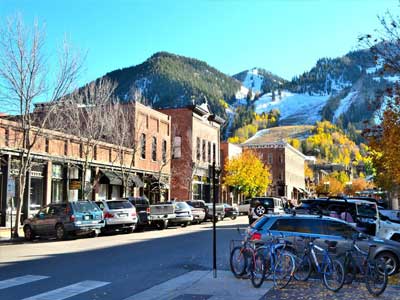
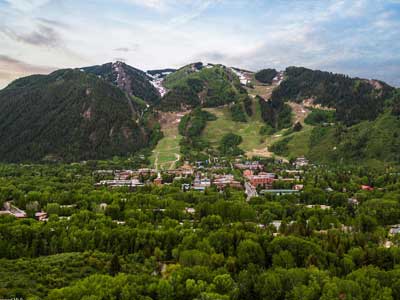
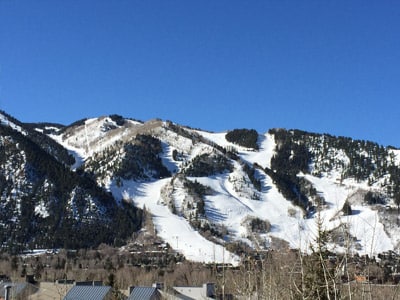
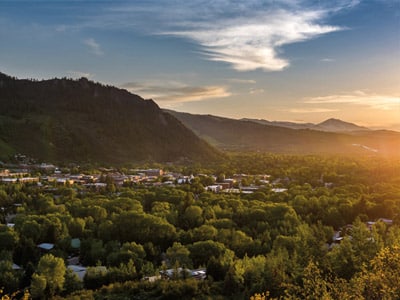
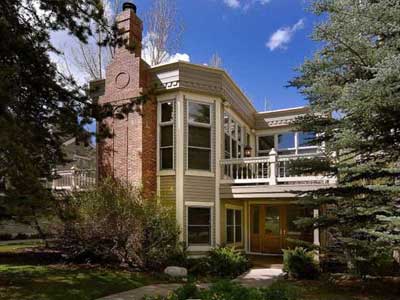
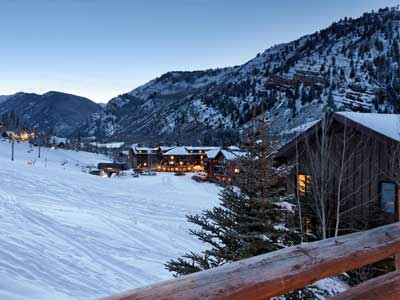
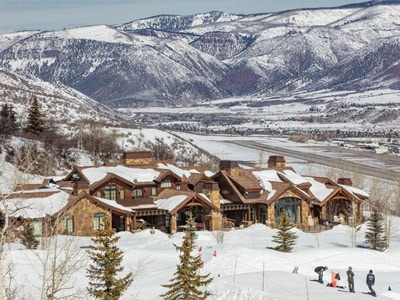
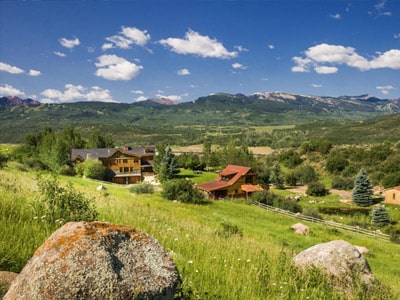
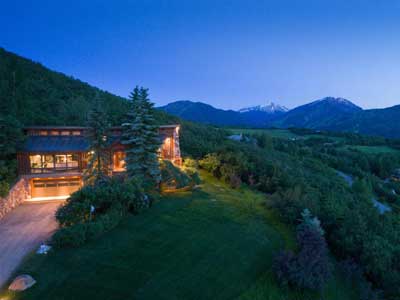
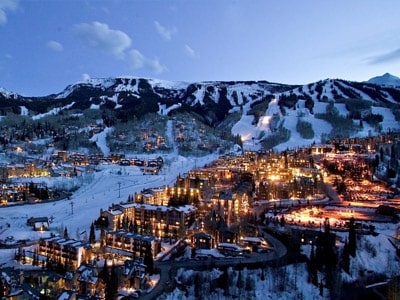
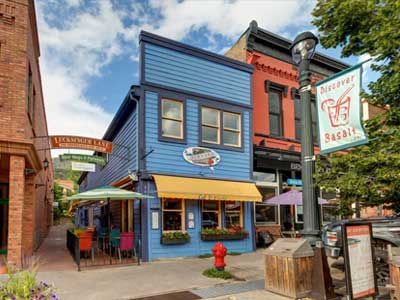
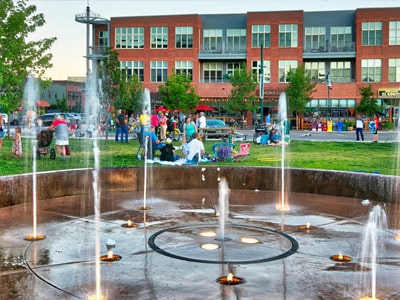
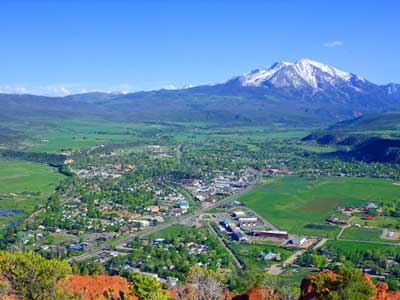
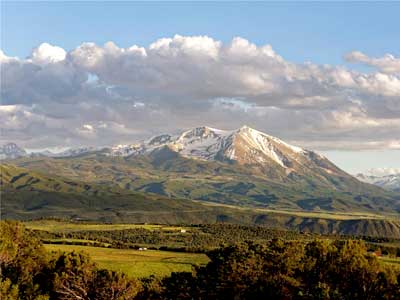
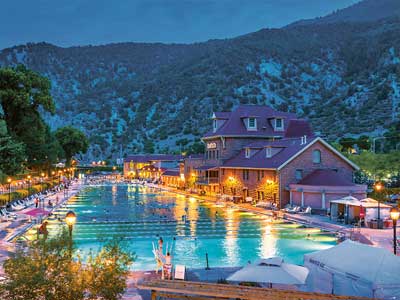
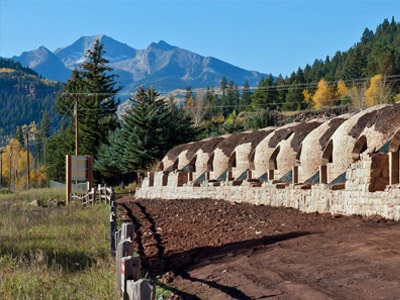
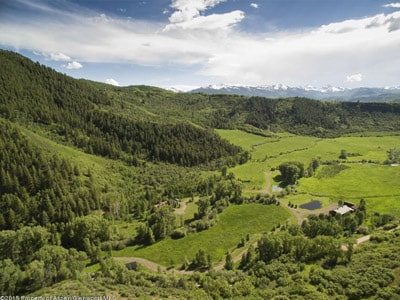




0 Comments